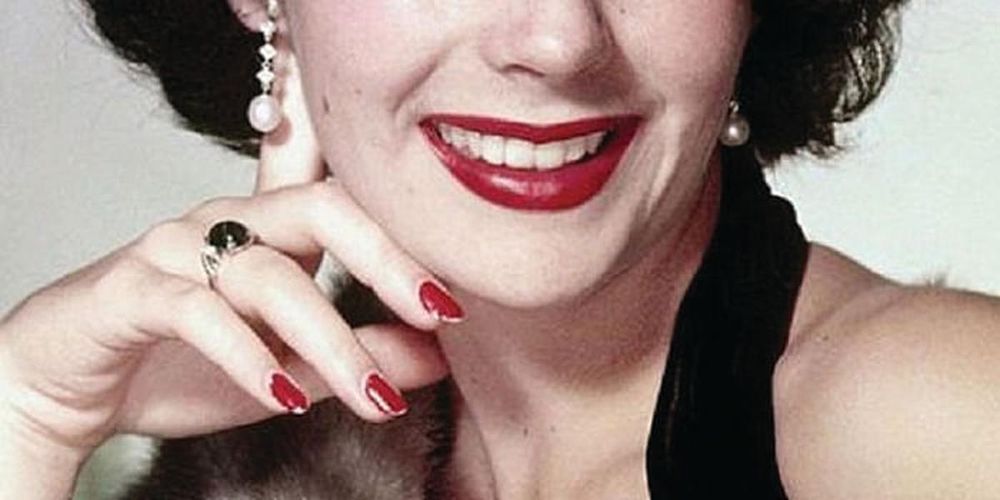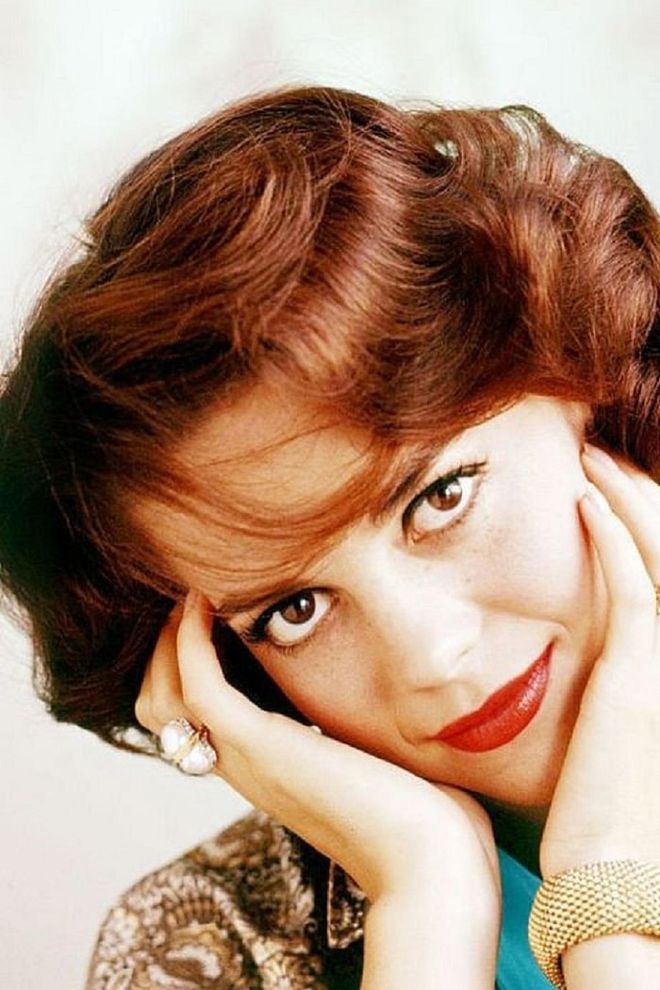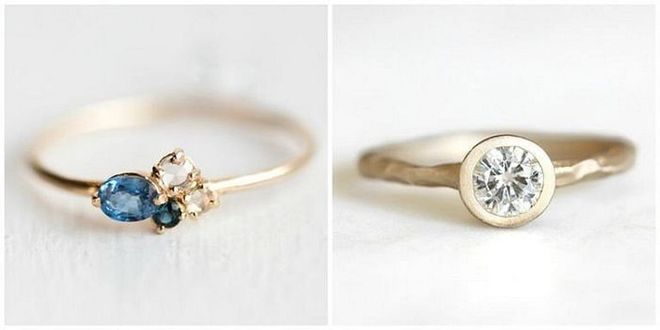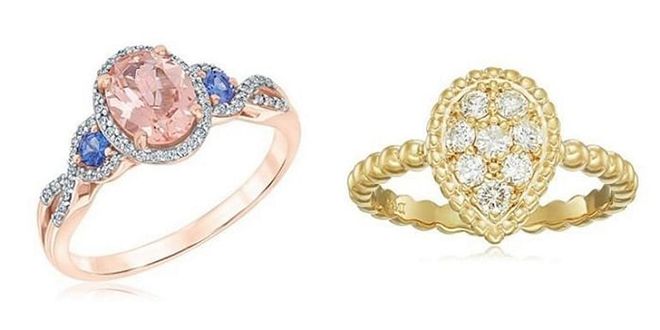The Hidden Meaning Behind "Right-Hand Rings"
This tradition goes all the way back to Prohibition


Photo: Getty
Rings
Maybe she landed a long-time-coming promotion, bought her first home or graduated from a master's program. Whatever the reason, more and more women are celebrating their biggest special moments by adorning their right ring fingers — that is, not their wedding ring finger—with a little special sparkle.
That right-hand ring might look a lot like an engagement diamond. But don't misunderstand: This isn't an "alternative" to an engagement ring, nor is it meant to put down married women. Here's the real scoop: women buy them for themselves to celebrate their independence and single status. The right-hand ring is simply just a celebration of you.

Photo: Getty
Rings
Also called "dress" or "cocktail" rings, the ring—and its symbolism—dates back to the 1920s. It was started by the women who drank in the throes of Prohibition (hence the name cocktail ring). For the first time in American history, women were finally free of cumbersome dresses and had entered the workforce and the speakeasies, where they smoked and drank alongside men—the right-hand ring, then, became a symbol of the working woman's earning power.
Related Article: Padparadscha Sapphires Are the Next Big Trend for Engagement Rings

Photo: Getty
Rings
This tradition was popularized by lauded actresses of the mid-century, like Elizabeth Taylor and Natalie Wood, and extended beyond the turn of the millennium. In 2003, De Beers, the the diamond company known for its "A Diamond is Forever" slogan, launched its "Raise Your Right Hand" campaign, encouraging women (both married and unmarried) to purchase expensive stones as a means to express themselves – not to announce an engagement.
It's not all about the sparkly new stuff, though. Vintage right-hand rings—those purchased by our mothers and grandmothers in the '40s, '50s and '60s—have become parts of legacies and lineages. Women gifted their rings to their daughters as they smashed their own milestones; the rings became a beacon of passing on the torch of female success. At HouseBeautiful.com, we know this to be true: So many of us own, wear and cherish our mothers' vintage bands, given to us on special occasions. I'm wearing two of my mother's right-hand rings right now!
Related Article: 17 Unique Gemstone Engagement Rings That Aren’t Diamond

Photo: Courtesy of ETSY
Rings
If you are purchasing a new ring, there aren't any rules to the trend. Buy one ring or four, choose pretty pastels or your birth stone and, heck, wear it on any finger (nope, it doesn't have to be your right ring finger!). Go bold with a jewel-encrusted, gold piece piece, minimal with a stacking ring or classic with a white solitaire. When in the market for a right-hand ring, you're in "treat yourself" territory.
Related Article: 32 Emerald Engagement Rings To Envy

Photo: Courtesy of Amazon
Rings
While these rings have come to represent individuality and single womanhood, the ring's meaning may change depending on who purchases it. If a husband gives his wife a right-hand ring, it symbolizes a renewal of wedding vows or anniversaries. They may also serve as promise rings for dedicated partners or those taking a vow of chastity. Right-hand rings can also be gifted to mothers upon the birth of a child—for an older mom, a ring engraved with the names of her kids becomes a precious keepsake.
At the core, these rings serve as a reminder—to yourself and to the people around you —that you've done something impressive and that you are, by definition as a woman, impressive. Sounds like we should all have a few of these beauties in our collections.
FROM: Town and Country